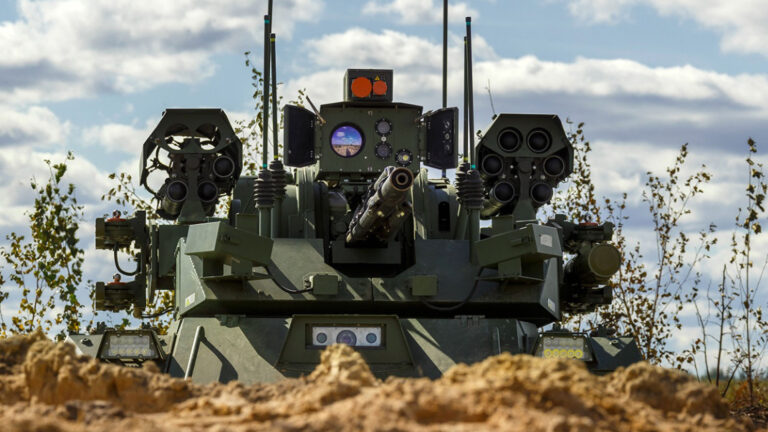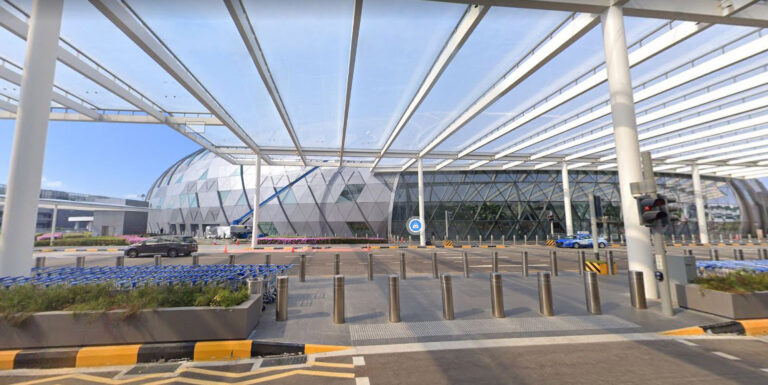This intact 3,000-year-old artefact that was unearthed from an ancient sacrificial pit in China has been compared to the much-loved British cartoon Peppa Pig just months after an Angry Birds lookalike was dug up at the same place.
The artefact was unearthed at the Sanxingdui Ruins archaeological site near the township of Nanxing Township in the Chinese province of Sichuan Province.
The latest unearthed object, measuring 95 centimetres in height and 1 metre in length, is believed to be of a sacred animal.
Experts said the animal’s head is shaped like a hairdryer, leading to Chinese media comparing the 3,000-year-old statue to the cartoon character Peppa Pig that is also hairdryer shaped.
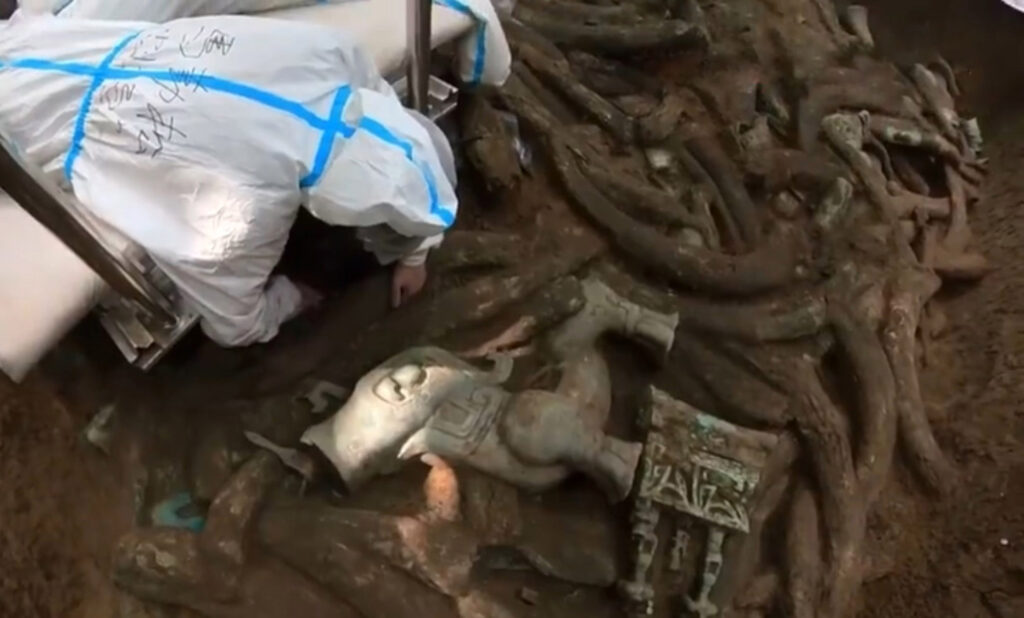
Ironically, boffins discovered a clay pig almost identical to one of the Angry Birds characters at the site last year.
The Angry Birds ‘bad piggy’ lookalike was a clay figurine believed to be around 3,200 years old.
Archaeologists added that the ‘Peppa piece’, discovered at the Sanxingdui No.8 sacrificial pit, is in good condition and its intricate markings are still clearly visible.
Scientists also found a bronze statue at Pit No.3, one of 500 new relics found at the archaeological site since the latest round of excavations that started in May.
The authorities said the current excavation of Pit No.3 is nearing completion while work on the fourth pit has already been concluded.
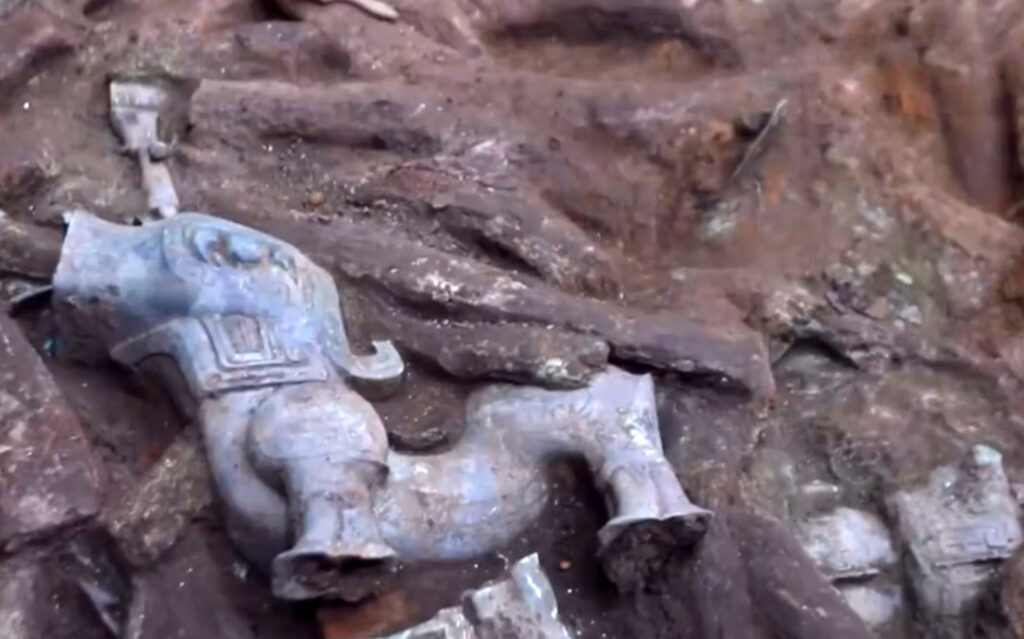
Items found in pits 5 and 6 are currently being analysed in the lab while excavation work at pits 7 and 9 is still ongoing.
Earlier this month, archaeologists found an intact 3,000-year-old gold mask measuring nearly 40 centimetres in width that could be the largest gold mask and the heaviest gold object from the period ever found in China.
Back in March, they had already found an incomplete golden mask at the same site and the leader of that archaeological excavation, Lei Yu, said at the time: “According to the half of the mask found so far, it is speculated that the complete weight of this golden mask should exceed 500 grammes (1.1 lbs).”
Lei Yu had also said that if a complete mask were to be found, it would be the largest golden mask and the heaviest gold object from the period found in China.
The intact gold mask, measuring 16.5 centimetres (6.5 inches) in height and 37.2 centimetres (14.6 inches) in width, was unearthed at Pit No.3 at the archaeological site, according to the country’s National Cultural Heritage Administration.
It is similar in size and there is a resemblance with facial features on a bronze head that was also unearthed at the ruins.
The head of the Sanxingdui Institute of Archaeology, Ran Hongling, said: “We speculate that this golden mask was a part of the face of the bronze head instead of a separate object.”

The fragmented golden mask found in March was reportedly believed to be from the Shang (1600 BC – 1046 BC) and Zhou (2070 BC – 600 BC) dynasties in what was then the Kingdom of Shu, one of the three major states that would later compete for supremacy over all of China in the Three Kingdoms period (220 AD to 280 AD).
The mask fragment was found in the fifth pit of the six pits excavated in the area. It is about 23 centimetres (9 inches) wide, 28 centimetres (11 inches) high and weighs 280 grammes (0.6 lbs).
The golden artefacts were a symbol of power and used in ceremonies of worship by the ancient Shu people.
Meanwhile, three similar statues made of bronze were unearthed at Pit No.4, offering an important insight into the social structure and religion of the Shu Han Kingdom, one of three kingdoms in the region at the time.
Chinese archaeologists said the fourth pit dates back to between 2,966 and 3,148 years ago during the Shang Dynasty (1600 BC to 1046 BC), according to the Sichuan Provincial Cultural Relics and Archaeology Research Institute.
Experts found a bronze statue with an unusual hairstyle and a kneeling bronze figure with its head facing to the right and its hands resting on the left side of the body.
The Sanxingdui Ruins dig site covers an area of about 12 square kilometres (4.6 square miles) and was discovered in the late 1920s. Six new sacrifice pits were discovered between November 2019 and May 2020.
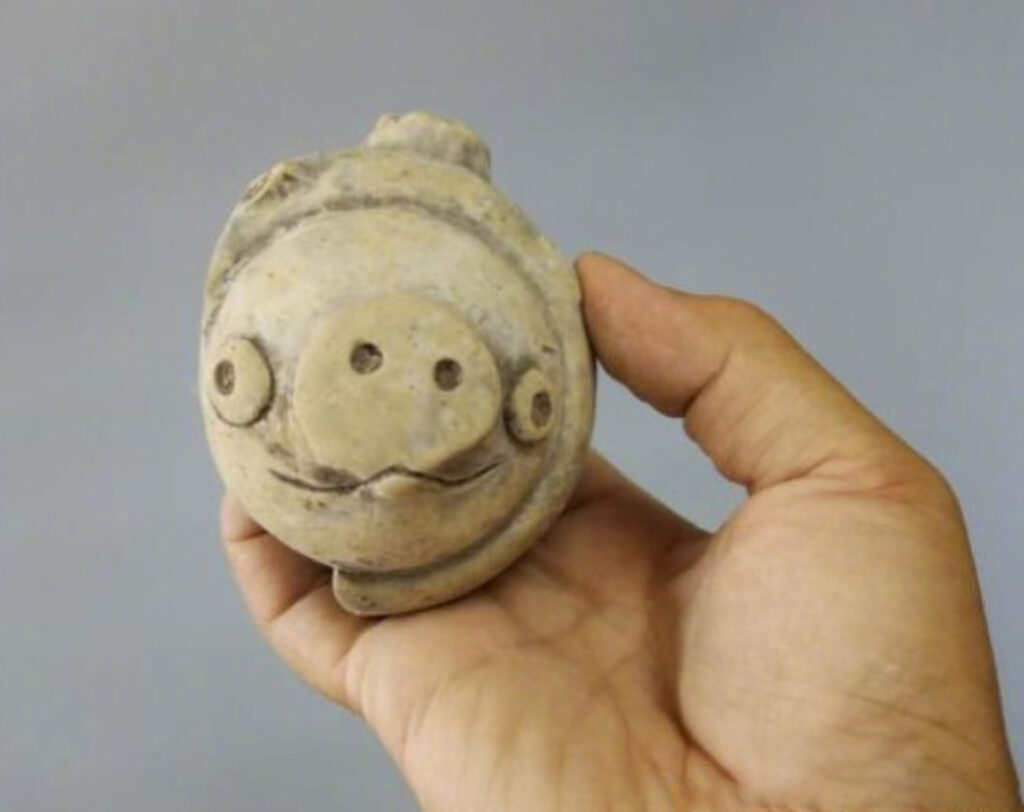
The pottery pig unearthed in the Sanxingdui archaeological site northeast of Nanxing Township, in Deyang city, China, compared to the pig from ‘Angry Birds’. 
The pig from ‘Angry Birds’ compared to the pottery pig unearthed in the Sanxingdui archaeological site northeast of Nanxing Township, in Deyang city, China.
To find out more about the author, editor or agency that supplied this story – please click below.
Story By: Lee Bullen, Sub-Editor: James King, Agency: Asia Wire Report
The Ananova page is created by and dedicated to professional, independent freelance journalists. It is a place for us to showcase our work. When our news is sold to our media partners, we will include the link here.



